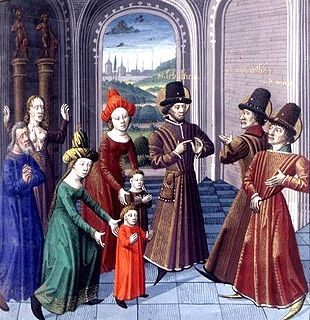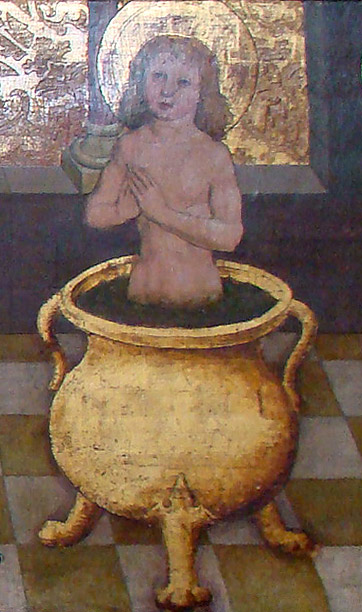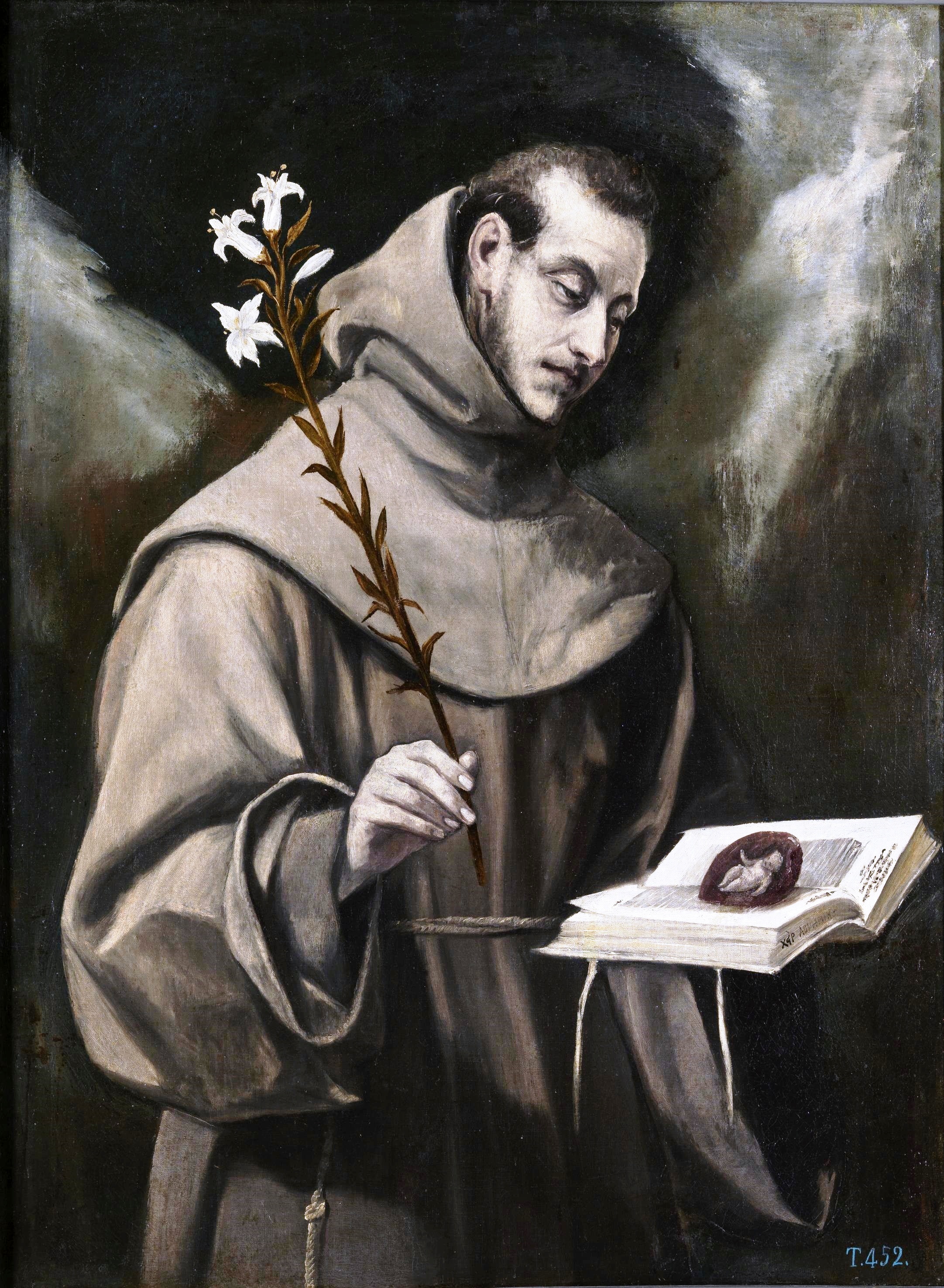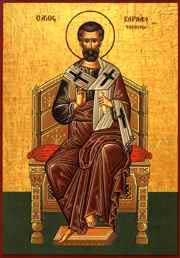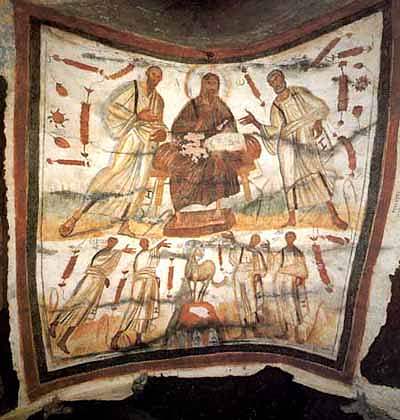If you've just bought a book to say the traditional Benedictine Office with, such as the (Farnborough edition) Monastic Diurnal, or are considering doing so, let me welcome you to a wonderful source of spiritual nourishment!
There are, though, some things you need to consider before embarking on this journey.
(1) The traditional Benedictine Office is said in Latin.
The Monastic Diurnal provides the text of the Office in both Latin and English, however the English is not approved for liturgical use, it is there for study purposes only. Pope Benedict XVI confirmed in
Universae Ecclesiae that permission to use the 1962 books is for the Latin text only. While that clarification was made specifically in relation to the Roman Office, it almost certainly applies to the Benedictine as well.
That doesn't mean you have to have studied Latin formally though - you just need to learn to pronounce the words adequately (for example by listening to monastic podcasts of the Office, or working with
sound files or videos of the psalms), and get a general sense of what it is that you are saying.
(2) The traditional Benedictine Office is properly sung
While monks and nuns away from their monasteries can and do just say the Office quietly to themselves, the Benedictine Office is properly sung. This reflects the instruction of numerous of the Fathers who attested to the benefits of singing the psalms, which are the core of the Benedictine Office.
You don't have to be an expert singer though, or know Gregorian chant - most monasteries sing at least some of their Office each day on one note. But if you are interested in Benedictine spirituality, you should at least try and make the effort to listen to the Office being sung, and/or sing it yourself, as a regular part of your regime.
(3) The Monastic Diurnal is keyed to the 1962 Extraordinary Form calendar
The Office and the Mass are linked, and the calendar used in the Diurnal is that of the 1962 Extraordinary Form, with some small differences in saints and a few feast days to reflect its use by Benedictines. In particular:
- the collect used each day at most of the hours (except Prime and Compline) is normally the same as at Sunday or the weekday Mass;
- the 'antiphons' used on feast days and Sundays normally reflect the feasts celebrated at Mass.
It is possible to use the traditional calendar for the Office and the modern one for Mass, but this is obviously not ideal. And it is possible to adapt the Office as set out in the Diurnal to reflect the modern calendar, but most people find that this requires too much effort.
(4) The Monastic Diurnal only covers the day hours of the Office
The Diurnal contains the 'hours' of Lauds, Prime, Terce, Sext, None, Vespers and Compline, those parts of the Office that are said during the day (prayers said at first light to those said before bed).
It is not compulsory (for laypeople) to say any or all of these hours, and for most people one or two hours (Prime and Compline are good choices for morning and evening prayer for example) will be enough.
If you really want to say all of the psalms, however, be aware that the Diurnal does not include the Night Office, Matins, and there is no equivalent semi-official Latin-English book for Matins.
(5) The Benedictine Office contains a lot of repetition
If you said all of the day hours (ie those contained in the Diurnal), you would be saying 26 psalms each day. That adds up to 182 in total each week.
But although this form of the Office spreads all of the psalms over the course of a week, St Benedict wanted a lot of the psalms to be repeated each day, presumably because he thought those particular psalms were important for the formation of his particular spirituality.
In fact overall, ten psalms are said every day in the Benedictine office (Ps 3, 4, 50(51), 90 (91), 94 (95), 133 (134), and 148-150). An additional nine psalms (the first of the Gradual Psalms, 119(120)-127(8)) are said five days a week.
The hours repeated psalms - Compline is the same each night, five of the psalms at Lauds each day, Terce to None are the same five times a week - give the individual hours a particular flavour, and contain key messages worth memorising.
But if you are looking for lots of variety, you either need to pick your hours (Prime doesn't have any repeated psalms, and Vespers is normally different each day, aside from special sets of psalms used on feasts) or consider whether this is really the Office for you. In fact Matins is the workhorse of the Benedictine Office with twelve different psalms each day.
(6) The Monastic Diurnal uses the Vulgate
It is also worth noting that the Diurnal uses the traditional Vulgate translation of the Psalms into Latin (attributed to St Jerome), not the 1979 'neo-Vulgate' Latin on the Vatican site and used by some monasteries (ie monasteries using the Ordinary Form of the Mass but retaining Latin for the Office).
There are key advantages to using the traditional Vulgate. First, it is closer or identical to the Latin used by the Fathers, so lines up better with the Patristic readings used in the Office. It also aligns with the antiphons and other texts used in the chants of the Office. Moreover, as it turns out, the 1979 neo-Vulgate is rapidly proving to be a product of its time, with more recent scholarship (reflecting research based on the Dead Seas Scrolls in particular) casting down on the desirability of many of the translation decisions taken.
It does mean, however, that the numbering of the psalms mostly does not line up with modern Bibles.
I should also note that there is a version of the Benedictine Office available using the neo-Vulgate published by Solesmes, however there is no official English version of it.
(7) Learning the Office requires effort
Finally, in part because of the factors listed above the Office takes some effort to learn how to say correctly.
The traditional Benedictine Office is quite different to the modern Liturgy of the Hours in many respects, and the Diurnal is not a very user friendly book. The Diurnal does include most of the instructions necessary to say the Office (albeit with a bit of work), but it does not contain a translation of the full 1962 rubrics.
The Diurnal basically assumes you already know the rubrics and are familiar with this form of the Office. Accordingly, you will almost certainly need some help to learn to say it.
And given that this is liturgy, the formal, official prayer of the Church, and not just a devotion, being prepared to make that effort is important.
(8) How to get started
If the above hasn't put you off, and you are interested in doing a comprehensive course on the Benedictine Office, you can find extensive notes on how to say the Office
here.
A good starting point is my post on
finding your way around the Diurnal.
And the best place to start in terms of actually saying the Office is
Compline.




